Hardness is the property that divides wood species into hard (hard) and soft. It tells us how easy a particular species is to work, how resistant it is to indentation and wear, how it behaves when sanded, milled or when nails and screws penetrate/cut. The best known method for determining the hardness of wood is the Janka test. Janka hardness, like densityare relative values, determined under certain conditions. Wood is not a homogeneous material, its properties being influenced by its structure, the way it is cut, the direction of the grain, water content, etc. Even relative, Janka hardness helps us to choose the right wood so that it can withstand the stresses as well as possible. It is the most important property when choosing wood for flooring.

Janka test determines wood's resistance to printing and wear
The Janka test was created in 1906 by the Austrian-born American scientist Gabriel Janka. It is actually an adaptation for wood of the hardness test for metals developed in 1900 by the Swedish engineer Johan August Brinell. The Brinell test involves pushing a metal ball with a certain force against the surface of a metal sample. After the force has ceased, the trace left by the ball on the surface is measured. The hardness of the material was calculated according to the diameter of the indentation, the force applied and the time the force was applied.
Gabriel Janka devised a special test for wood with fewer variables. He used a metal ball with a diameter of 11.28 mm that was pushed halfway into the wood (half of the ball). The diameter of the ball was chosen so that the indentation left in the wood after the halfway penetration was a circle with an area of 1 cm² (100 mm²). This eliminates the ball indentation as a variable, which is the same regardless of species. The hardness of the wood is given by the force required to push the pellets into the wood.
In 1927, the method was standardized in the U.S.A. and became the main method for determining the hardness of wood (ASTM D1037). In the meantime, the method has been adopted throughout the world, with the specification that the unit of measurement in which it is expressed differs from continent to continent, which often leads to confusion. In the USA, Janka hardness is expressed in pounds-force (lbf), in Europe in kilogram-force (kgf), in Australia and New Zealand in Newton (N) or kiloNewton (kN). The following equivalences are used for the conversions: 1 kg=2.2 lb, and 1 kgf=9.81 N.
Sometimes hardness is also expressed in terms of surface hardness (kgf/cm², lbf/cm²). This is because hardness was originally expressed as the pressure exerted on the wood sample and the units of measurement for pressure were used. With standardization, the expression was changed from pressure to the force applied to drive the ball into the wood, with the units of measurement being those for force.
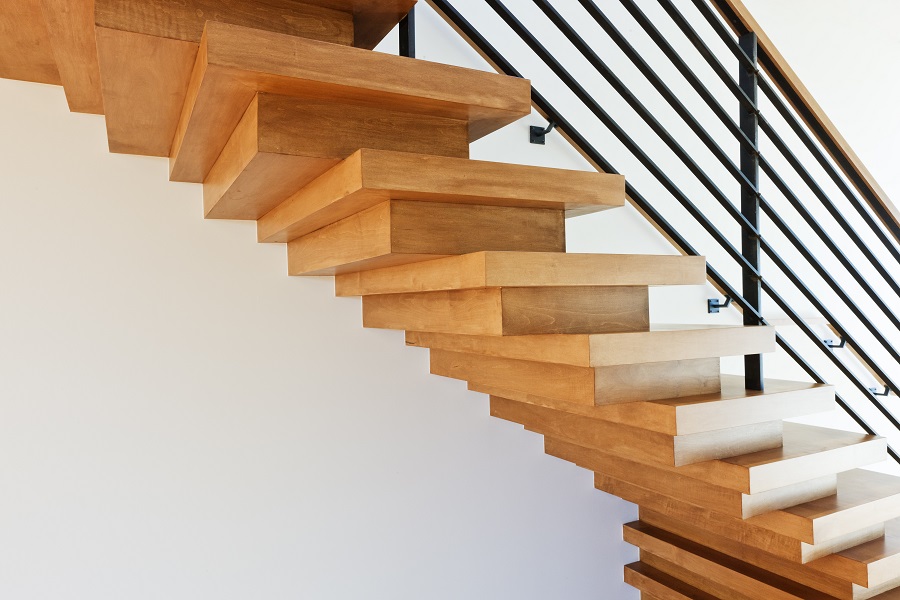
The Janka hardness scale divides wood into soft, medium and hard
By testing similar samples, the relative hardness of the species was determined. The samples were of equal size, straight grained and without knots, taken from the heartwood, and the force was applied perpendicular to the fiber. The moisture content of the wood samples was chosen 12%. The tests carried out under controlled conditions provide quantifiable measurements that allow an accurate comparison of wood hardness according to species and even growing area. The results have resulted in lists showing Janka hardness for wood species from all over the world.
According to this classification, the softest wood is balsa, with a relative hardness of 220 kgf, and the hardest is Australian buloke, a specific and rare oak with a hardness of 11,200 kgf. A rather rich list of wood species and hardnesses expressed in lbf and N can be found at here.
The Janka scale is used to classify wood species according to hardness. The higher the number, the harder the species. A rather relative classification and some examples of local wood below:
- soft and very soft wood - under 250 kgf (poplar, lime, brad, molid)
- Medium softwood - between 250 and 500 kgf (willow, arin, tea, ulm, black pine, larity)
- medium hardwood - between 500 and 650 kgf (oak, gorun, cherry, nuc)
- hardwood - between 650 and 1000 kgf (fagfrasin, plum, apple, hair, carpen, sip, yew)
- very hard wood - over 1000 kgf (acacia)
The hardness of wood decreases with increasing humidity. The wetter the wood is, the less resistant it is to printing and wear. The hardness is also influenced by growth defects, density, fiber direction, mode of cutting. The Janka test can be determined on samples cut along the fiber or on fiber ends. In general, hardness is higher on fiber ends. In the case of that along the fiber, determinations can be made on radial or tangential cutting, but the difference between the two is insignificant.
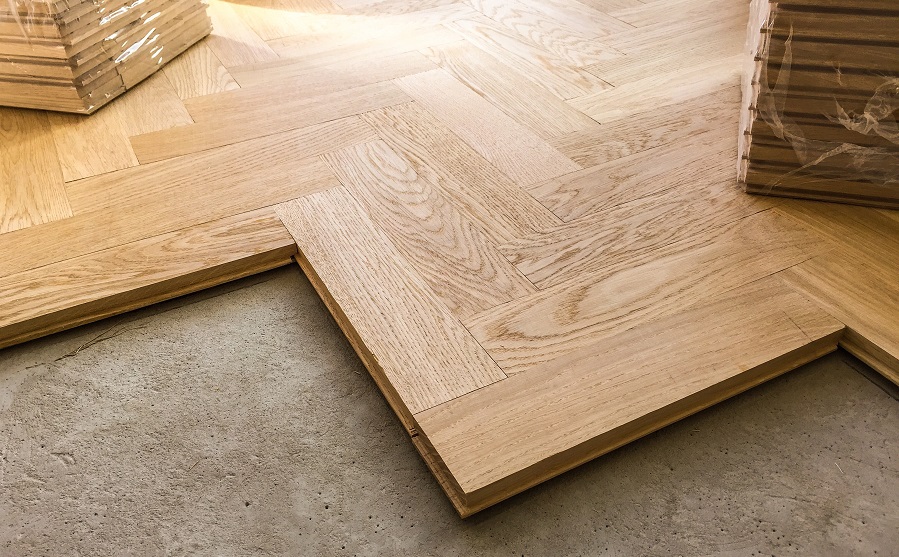
The Janka test, a quick way to assess and compare the hardness of wood used for flooring
Janka's hardness is very useful because it helps in choosing the right species for difficult uses or processing. The higher the hardness of the wood, the more resistant it will be to knocks, impressions and wear. In a very hard wood, nails and screws are harder to drive in, but they are also very hard to pull out. Hard wood can also be difficult to sand and machine. A carpenter can tell you how hard it is to work acacia. It's so hard it can break tools.
One area where knowledge of wood hardness is very useful is flooring. Shoe heels, heavy furniture, heavy traffic are all tests that a good floor must withstand. The harder the wood, the tougher the flooring will be. Beech or ash flooring or stair treads will be much stronger than oak, walnut or fir.
Carpenters often test the hardness of wood with a fingernail. If they can scratch it, it's not good for flooring or tabletops.
I hope you find the information useful. As always, additions are welcome. And if you have any questions or queries, please leave them below in the dedicated space. I will be sure to reply.

























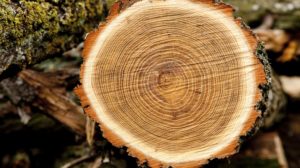
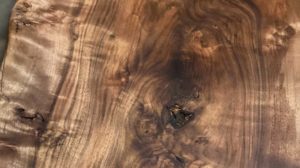


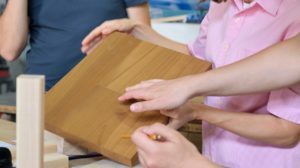


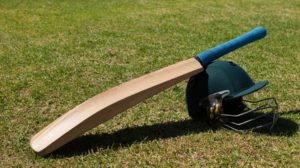



Add comment